
|
|
|
|
|
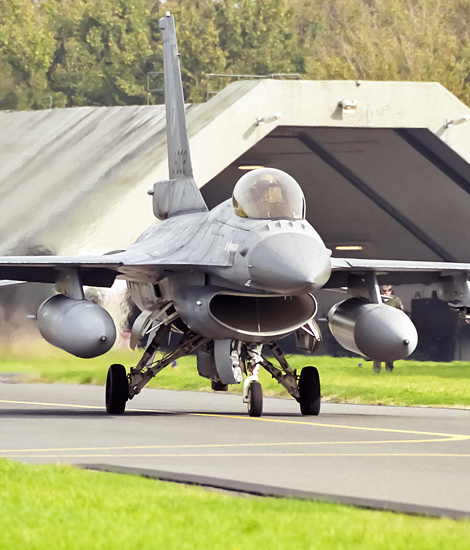
|
International Exercise Frisian Flag; Leeuwarden, October 17, 2001
Multinational Cooperation, part 2; Text and Photograph's by Alex van Noye
During Frisian Flag there are more than 40 aircraft simultaneously in the air. For that reason, there are during the exercise continuous two SAR helicopters on standby duty. These safety precautions are necessary because there are many foreign participants involved. These pilots don’t know the surroundings of the area.
The Finnish F/A-18 Hornets participated for the first time during this edition of the exercise Frisian Flag. The aircraft which participated were from HävLLv 21 from the Finnish Tampere Air Base. The pilots of the Hornets were derived from all three of the Finnish F/A-18 airfields. In total there were six aircraft present at Leeuwarden for the exercise. Four of these aircraft would fly during the daily missions. The Finnish Air Force received in the recent years the F/A-18 Hornet. The Hornet is an aircraft which is American made and was designed for use aboard of the US aircraft carriers. The Finnish Air Force (Suomen ilmavoimat) ordered 57 F-18Cs and seven F/A-18Ds at the end of the 90s. Delivery of the first aircraft began on June 7, 1995. The Hornet is in Finland the successor of the Russian MiG-21bis and Swedish Saab J35 Draken. The Finnish Hornets are initially only used in the air defense role. For that reason, the Finnish Hornets are not designated as F/A-18, but as F-18. The F-18C is equipped for its self-defense with the ASPJ (Airborne Self-Protection Jammer) ALQ-165 jamming pod. The Finnish Hornets can only be armed with AIM-9 Sidewinder heat-seeking missiles and the AIM-120 AMRAAM radar guided missiles. The Finnish F-18s fly therefore continuously around with the same configuration. The aircraft are only used for the defense of the Finnish airspace. During Frisian Flag, the Hornets were also flying in this same role. The role of the Finnish Hornets during the exercise is to guide the attack fighters to their targets at the Vliehors Range. The fighters are also used for the defense of pieces of airspace against enemy aircraft.
The fourth international participants during the exercise were the Germans. The German participants flew along with the McDonnell Douglas F-4F Phantom. The F-4F is the oldest aircraft participating in the exercise. The German Phantoms which are present at Leeuwarden Air Base are from the German airbase Wittmundhafen. This airbase is located in the far north of the country in Lower Saxony. The Phantoms on
|
|
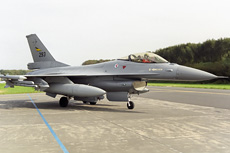
|
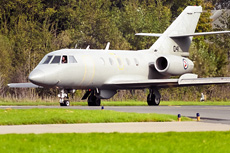
|
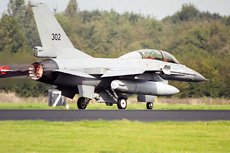
|
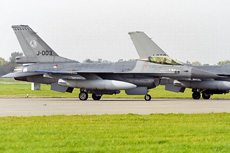
|
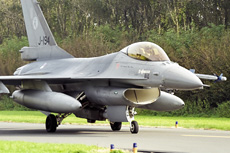
|
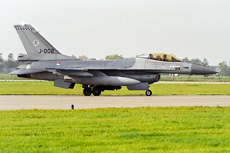
|
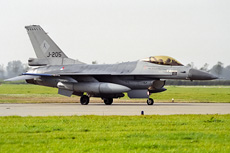
|
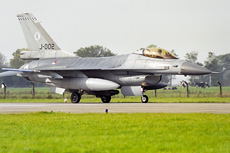
|
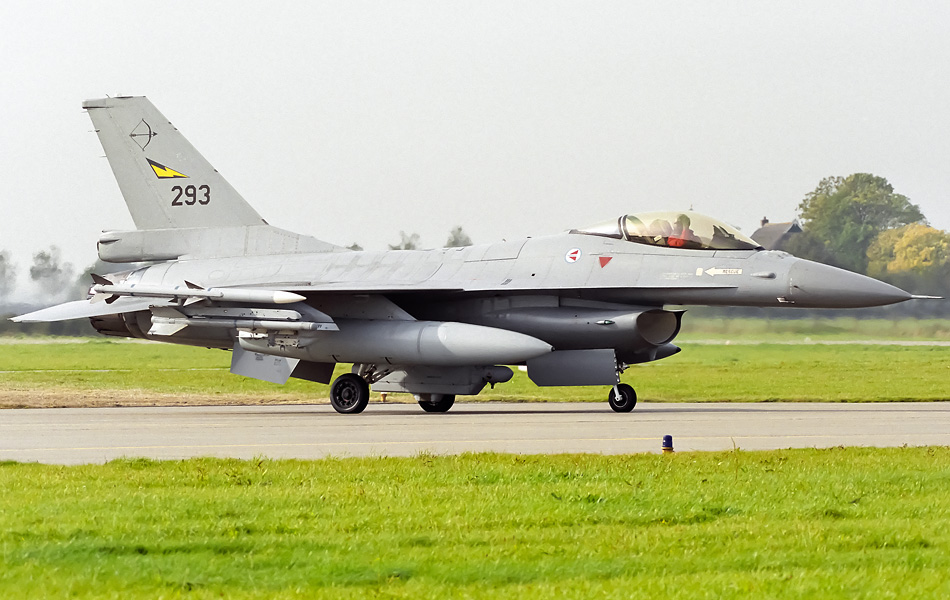
|
this airbase are assigned to Jagdgeschwader 71 (JG-71). This unit is named after the famous Red Baron Manfred von Richthofen. To honor this ace of the First World War the German Phantoms are flying with the red letter R on the air intakes of the aircraft. The German Air Force has received 10 F-4Es, 88 RF-4Es and 175 F-4Fs for the fighter bomber and air defense units. The German Luftwaffe was one of the major users of the type in the world. The West German Luftwaffe was only 16 years old when the Phantom was bought by the Luftwaffe in 1971. At the end of the 80s and early 90s, all the German Phantoms were updated to the F-4F ICE standard. The ICE update (Increased Combat Efficiency) included an electronic update of various onboard flight systems. The aircraft are in flight recognizable by their characteristic black trails of smoke which are visible from a very long distance. During Frisian Flag JG-71 flew along with four F-4F Phantoms.
The Norwegians participated during Frisian Flag also with a Dassault Falcon 20ECM. In total, the Norwegian Air Force has access to two of these aircraft. Also, the Norwegian Air Force has one Falcon 20C in use next to these aircraft. The Norwegian Falcons are stationed at the Norwegian airbase Gardermoen. Gardermoen is next to the home of the Falcons also Oslo's international airport. The aircraft are assigned to the 135 Luftving at Gardermoen where they are part of the FEKS/717 Skvadron. Gardermoen is the home base of all the Norwegian transport aircraft. Besides the Falcons, also the Norwegian Hercules aircraft are stationed at the airport. The Falcon 20 is an aircraft which was built by the French Dassault. The first Falcon 20 flew for the first time under the name Dassault-Breguet Mystère 20 in December 1961. The aircraft is a light business jet which is able to carry eight to ten passengers. The aircraft is used in many air forces in the world for VIP transport duties. The Falcon 20ECM is an aircraft which is used to disrupt enemy communications. Also during Frisian Flag, the aircraft was used in this role. The aircraft has for this task all sorts of strange antennas on the fuselage and the tail. During Frisian Flag the Falcon 20ECM was the first aircraft which took off during the missions; the aircraft also came back as last again. The aircraft is not operating in the enemy area; it is used from a distance to disrupt the enemy communication and radar of the enemy units with ECM equipment. During the mission, enemy aircraft will eventually try to shoot down the Falcon 20ECM.
During the exercise Frisian Flag were the helicopters of the no 303 Squadron continuous stand-by during the missions which were flown. The unit flies the American Italian Augusta-Bell AB-412SP helicopter. The first of the three Agusta Bell AB-412SP helicopters were delivered at Leeuwarden in February 1994. The helicopter was soon nicknamed "Tweety", because of its bright yellow color. The no 303 Squadron has a number of operational tasks. Besides the military task of the SAR flight the unit also has a civilian task. For the purpose of transportation of patients from the Wadden Islands to the mainland there is every day an AB-412 ready. From 1993 onwards there was for this task every day a helicopter standby on Terschelling. The primary task of the no 303 Squadron is the search and rescue mission of combat pilots which are practicing on “The Vliehors” at Vlieland, the Air Combat Maneuvering Instrumentation (ACMI) range in the North Sea and the Temporary Reserve Airspaces (TRA) north of the islands when they unexpectedly need to leave their aircraft. Also during the exercise Frisian Flag, this is the main task of the SAR flight at Leeuwarden. Besides the normal stand-by helicopters, in this period a second helicopter is on standby duty. The first helicopter departs every day before the mission starts in the direction of Terschelling. This helicopter will return to Leeuwarden after the exercises at the end of the day. The second SAR helicopter is on standby at Leeuwarden during the exercise.
|
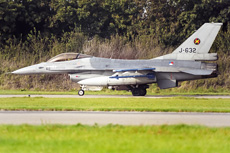
|
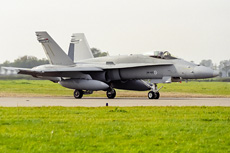
|
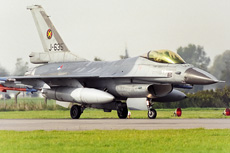
|
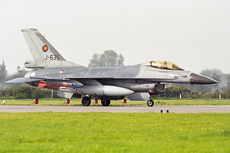
|
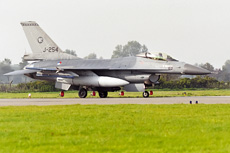
|
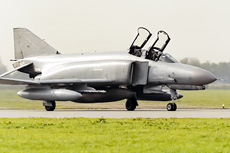
|
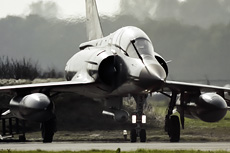
|
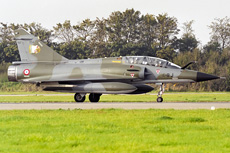
|
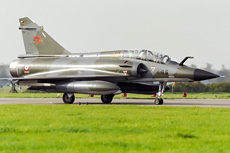
|
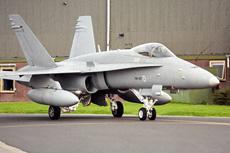
|
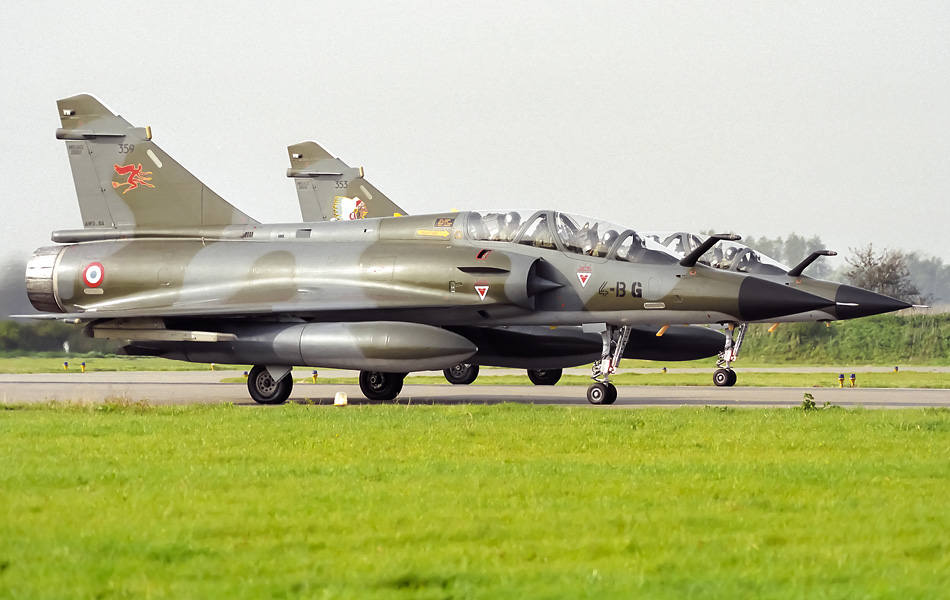
|
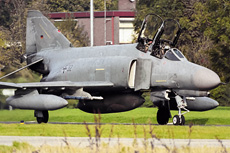
|
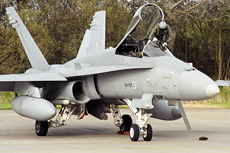
|
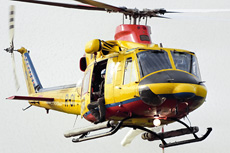
|
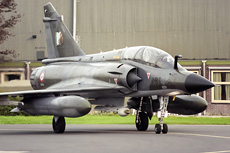
|
|
|

|







